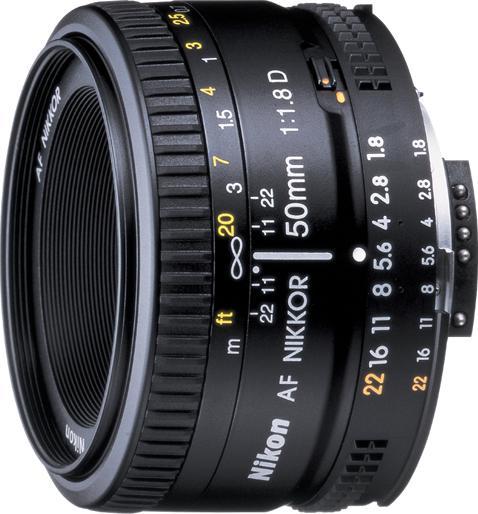
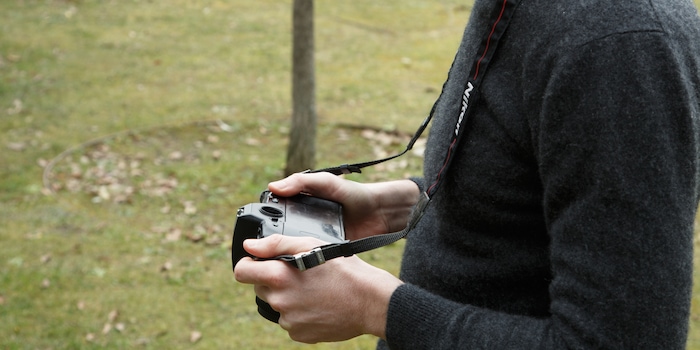
Photographing with film: my voyage through the depths of hipsterdom
Or why I tried analogue again after 13 years of digital photography, what happened when I did and what I learned along the way.
There didn’t really seem any reason for me to photograph with film. And yet, in the last few months, I realised that was exactly what the people around me (all of whom younger) were doing. But why? I’d heard and read people waxing lyrical about this method, but I still didn’t get it. That’s why I thought it was high time I tested it out.
Getting set up: camera, film, scanner
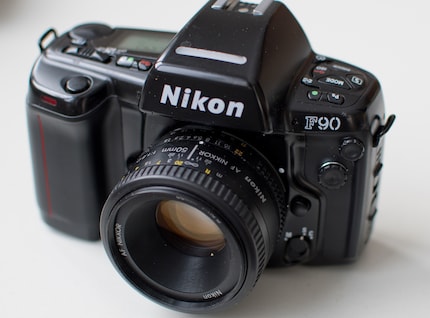
I bought a three-pack of film and managed to snag myself a film camera for 18 Swiss francs on ricardo. It’s a Nikon F90, made in the early 90s and surprisingly modern. It features continuous autofocus, spot and matrix metering as well as automatic subject program.
The menu and controls are very similar to that of a digital Nikon. The key difference being I had to set up the aperture on the lens. That’s why lenses without an aperture ring only work properly in S or P mode. My standard 50 mm has a ring like this. The good news is you can still buy these lenses new.

When I took the first photo, I automatically looked at the back of the camera to check the shot. I was almost through the whole film before I got out of the habit. Funnily enough, it’s fun not to know straight away if the photo came out well or not. And I ended up looking forward to the moment of truth.
I started thinking about what I wanted to photograph. Where it was worth shooting and where it would be better just to save my film. A few times, I’d half pressed the shutter-release button before I realised that while it might make a nice photo, I already had hundreds like that. It just wasn’t worth it.
It wasn’t so much the cost that bothered me, rather the knowledge that I had a limited number of shots. On top of that, each shot involves work. You have to buy new film, take it to get developed, pick it up, scan it to the computer, and so on.
The first film
I didn’t get the first film developed until three weeks later. When I got it back, it was just presented to me in a canister in one big long piece, meaning I had to cut each photo off myself. It wasn’t until later that I discovered the shop would have done this for me – but only if I’d explicitly asked.
I then went on to scan the photos to my PC, as mentioned above.
Apart from one shot, the photos weren’t bad from a technical point of view. They weren’t blurred, badly lit or poorly focused.
As I knew that film works better in harsh lighting, I took as many photographs as possible in ice, snow and the sunshine. And quite a lot came out well.
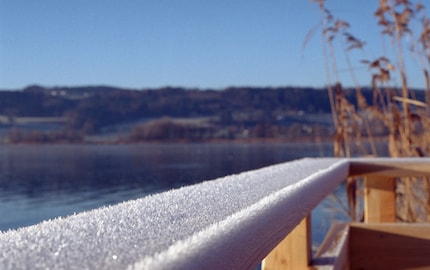
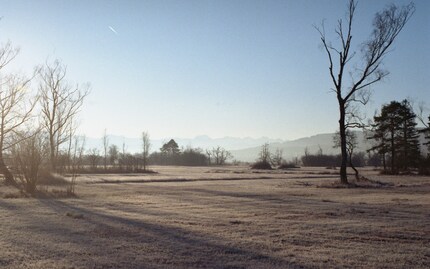
When I was taking portraits, I found I liked the skin colours the film produced. I intend to take more photos like this.
However, in artificial light, the colours are awful. Thankfully, I knew that beforehand, so I only shot two photos in an artificial light setting. In film cameras, unlike in digital photography, white balance is set by the film. Most films are geared up to daylight and flash. That’s why in neon light everything looks green and by candlelight, it’s all orange. Although you can correct this to a certain extent once you scan it, that probably defeats the point of film photography.
The second film: things start getting strange
I only noticed when the film was finished that I actually had another one in the fridge. That came with me on three moves and I still forgot it was there. And it gets better… I found a film camera, albeit a fairly simple one, in the same fridge. It was an Olympus Mju II that had hardly ever been used and even still had a film in it.
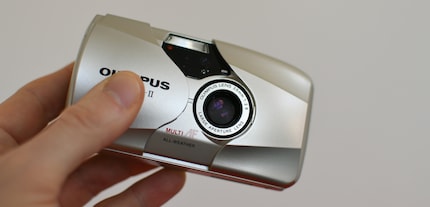
According to the packaging, both films expired in February 2013. Gloomily, I then remember taking a few snaps with this camera and a digital camera (Sony DSC-HX5V) so that I could compare the two. I soon lost interest in the experiment and since then, the film has just been collecting dust in the camera.
Now that I have this crazy idea, I can compare film and digital directly. The comparison falls short somewhat, as the film isn’t new. And of course, the camera is of 1990s standard. Nonetheless, it’s still interesting to see the difference.
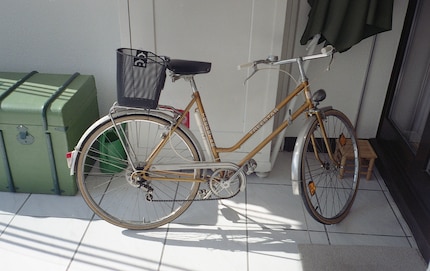
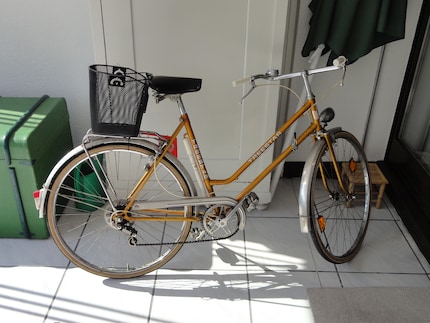
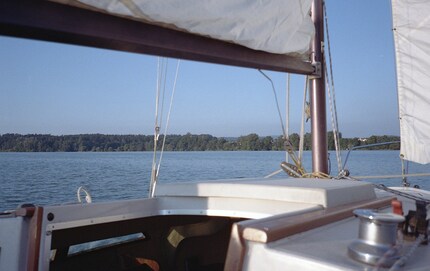
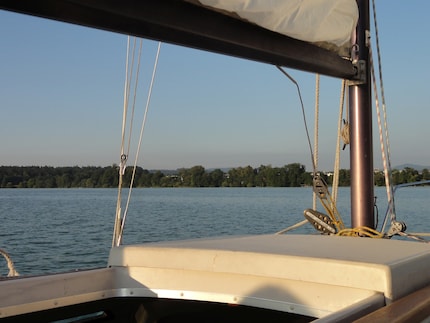
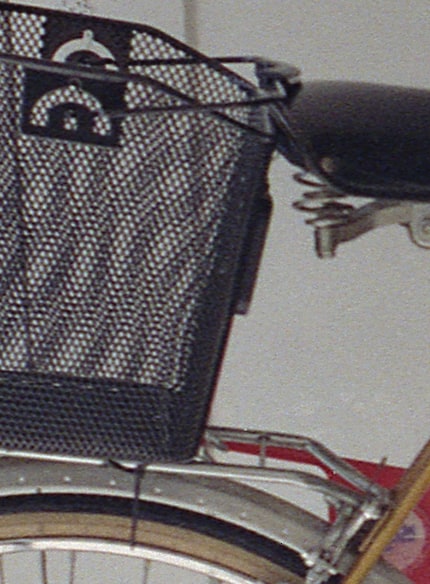
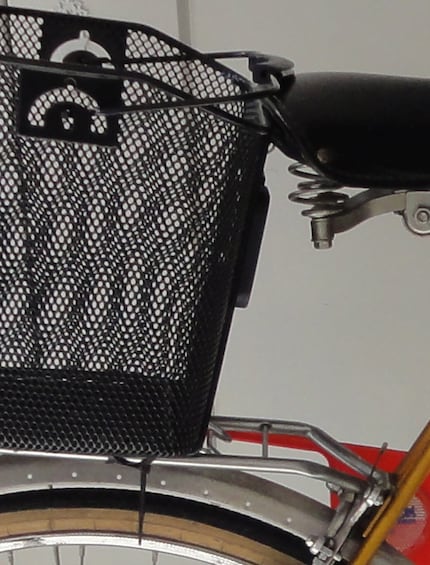
Magnified: film on the left; digital on the right
Digital wins here hands down. However, the digital camera had a 10x zoom, which as you know, doesn’t do much for image quality. But as I mentioned before, it’s not the most accurate comparison. The film is old and my scanning method probably isn’t the best in the world.
The third film: it gets even stranger
My dad, who also switched over to digital some time ago, gave me three old but still unused films to mark my adventure into analogue. The expiry date? December 2004.
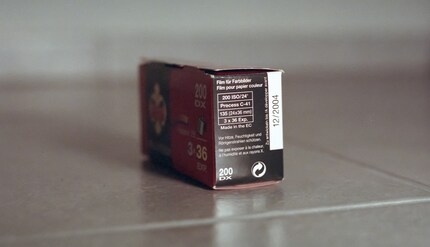
Can you use a film that went out of date 13 years ago? The Internet was skeptical. Black and white is less problematic as it doesn’t show colour distortion. According to our trusty friend the Internet, sensitive films are more tricky. And everyone knows that films that haven’t been stored in a cool place are problematic.
What mine had going for it was that it was a 200 ISO, but the fact it was stored at room temperature wasn’t really in its favour. It was also a colour film, which wasn’t too promising. However, I can always turn a colour image into black and white. I am a digital analogue photographer, after all.
I decided to just give it a try and combine it with other experimental things. The question is, could I use my flash unit with this camera? Yes, I could. Not wirelessly, but when it was plugged in, it worked fine. Cable releases or remote shutter releases, on the other hand, didn’t want to play along. That’s why the self-timer is more practical than it is on modern cameras. Press the self-timer button and turn the wheel and you’ll set the delay time; press the self-timer and shutter release button and you’ll take the shot with the relevant delay time.
I could attach all my Nikon lenses, but when I use the DX lenses, the corners and edges remained black.
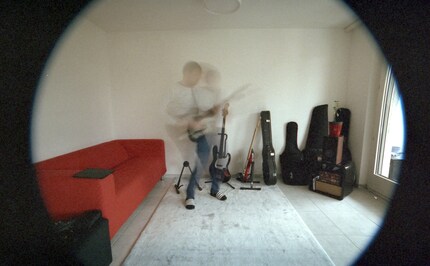
My tele photo lens is suitable for full format but doesn’t feature an aperture ring. As long as I’m in S or P mode, the lens works smoothly. It’s only now that we’re in the middle of winter that it’s not light enough to shoot birds with 200 ISO.
I already anticipated that with the image above. The estimated 15-year-old film still has some life in it yet. You can recognise what has been photographed and the colours are more or less right, although they do verge on having a red tinge.
But I guess the issue with the colours is just one of those things. They’re automatically corrected in my scanning software, so I might not even have noticed distortions. However, the film for 200 ISO has a very strong grain. Perhaps this image noise is due to the fact the scan software has to correct more.
When it comes to image noise, as with colour issues, the software steps up and does a good job. Now I can honestly say I shot the photo above of the packaging with the expiry date using film from that very packaging. Not bad. Not bad at all.
I shot all the photos with longer than usual exposure time. That was something recommended in various forums when discussing old film. Of course you’re not going to get optimum image quality, but that’s not what it’s even about. If that’s a deal-breaker, you’re better off with digital photography these days.
A fascination that’s hard to explain
By now, you’ll probably be wondering – if it hadn’t crossed your mind already – what the fuss over this film thing is about. It’s not that easy to explain. From a purely technical point of view, I don’t think film photography makes any sense nowadays. But a lot of artists still favour analogue.
It’s more risky, unusual and different. Art can and should trump authority and common sense. I don’t mean to say my dalliance with film is art. I just want to find out what the furore is all about.
In spite of (or maybe because of?) how intricate film photography is, it’s got me hooked. It has no doubt got something to do with the fact I like to try out unusual things to satisfy my curiosity. I also get a kick out of seeing decade-old devices that still work well.
Here’s another reason for my interest in film photography: things that are limited are valuable. And people like things that are valuable. The reasoning is fairly simple, but it’s effective.
Like anything analogue-related, film photography makes sense and is concrete. This colourful film packaging is as enticing as a packet of Smarties to a kid craving sugar. Then there’s the roll of film, the film itself and the developed strips. And don’t forget the prints and the scanning. All of that is tangible, quite unlike digital. The further you go with it, the more it makes sense – all the way through to developing your own photos and the smell of the chemicals.
But at the same time, I know I don’t want to only photograph in analogue and give up digital. In the long term, I can’t really see any advantage of this. If nothing else, digital has progressed too much in the areas of image quality and efficiency to be ignored.
As with all retro technology, I only started to enjoy it when using it was an option, not a necessity. When I was younger, I didn’t photograph with analogue because I thought it was a good method; I used it because there was no other option.
So it goes without saying I enjoyed the advantages digital brought. It’s like with home recorded music cassettes. When there was no alternative, no one was really that excited about them. But as soon as you could burn CDs and download MP3s, it instantly became a hipster cult thing and the epitome of cool.
What analogue photography teaches you
A lot of people say that film photography makes you work more purposefully, rather than just blindly snapping here, there and everywhere. The analogue way is supposed to help you improve. While I can certainly believe that, film photography alone won’t make you a good photographer. Here is a summary of my experience:
I learnt how to go about photography much better with digital, but I understand the workings of the whole process better with analogue.
With a digital camera in hand, I’m much quicker to work out how to implement an idea properly in practice. That’s because I can see straight away on the screen the effect certain settings and light conditions have so I can go back and correct them individually. The camera even stores details of photos I shot a while ago, meaning I can learn from the aperture, exposure time and camera mode I used back then. Mistakes don’t cost me anything. On the contrary, they help me to progress.
Funnily enough, these benefits of digital photography are also what let them down. For instance, I can run the risk of getting too caught up in the how of photography and not overlook the workings of the process. With digital, I’m certainly guilty of not giving enough thought to what is worth photographing.
The result? A tonne of photos that look nice but that aren’t really what the world needs. I mean, we’re inundated with photos. When I see the sheer number of amazing landscape images uploaded on Instagram each day, I ask myself if I really need to be adding to the flood of them. Especially when they won’t be as good as the best ones there.
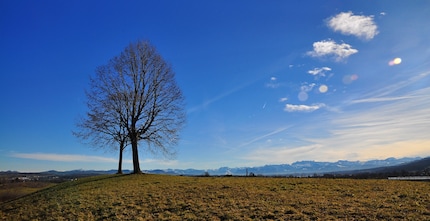
Perfectly nice but forgettable, which means it’s not worth shooting
But before I’m misunderstood, let me get one thing clear. I’d never recommend a beginner use nothing but film to start with. They first need to learn the craft. That includes knowing when it’s not worth getting out the camera and taking a shot.
It could be because the light isn’t quite right, or the scene is too far away or because everything is moving too fast. This approach will help reduce the number of photographs you take, even with digital. At the same time, you also need to focus on the content, which is a discipline film teaches you.
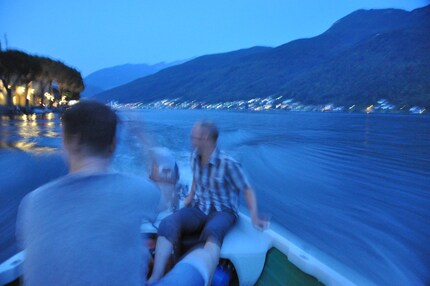
Your photo doesn’t have to be perfect to be of value. In spite of the blurriness, this image captures the holiday mood quite well and it lets you relive fond memories
But how can you decide what’s worth photographing and what isn’t? That’s a tricky question. Suffice to say photos that make you remember friends or family are worth taking – they don’t need to be technically perfect. As for holiday snaps, they don’t have to depict ridiculously high-definition, spectacular landscapes. Their purpose can just be to remind you of a specific moment.
While holding onto fleeting moments is important, a perfectly snapped flower picture is unlikely to interest anyone in 20 years. The reason being a photo like that always comes out the same. And in any case, with advancements in photography, people will no doubt be able to take much better shots by then.
So now that I’ve experimented with film, where will my photography adventures take me next? I think I’d like to try my hand at black-and-white film and then perhaps slide photography.
My interest in IT and writing landed me in tech journalism early on (2000). I want to know how we can use technology without being used. Outside of the office, I’m a keen musician who makes up for lacking talent with excessive enthusiasm.
From the latest iPhone to the return of 80s fashion. The editorial team will help you make sense of it all.
Show all